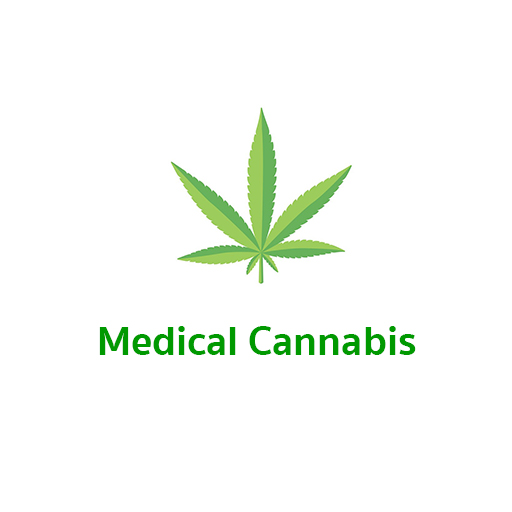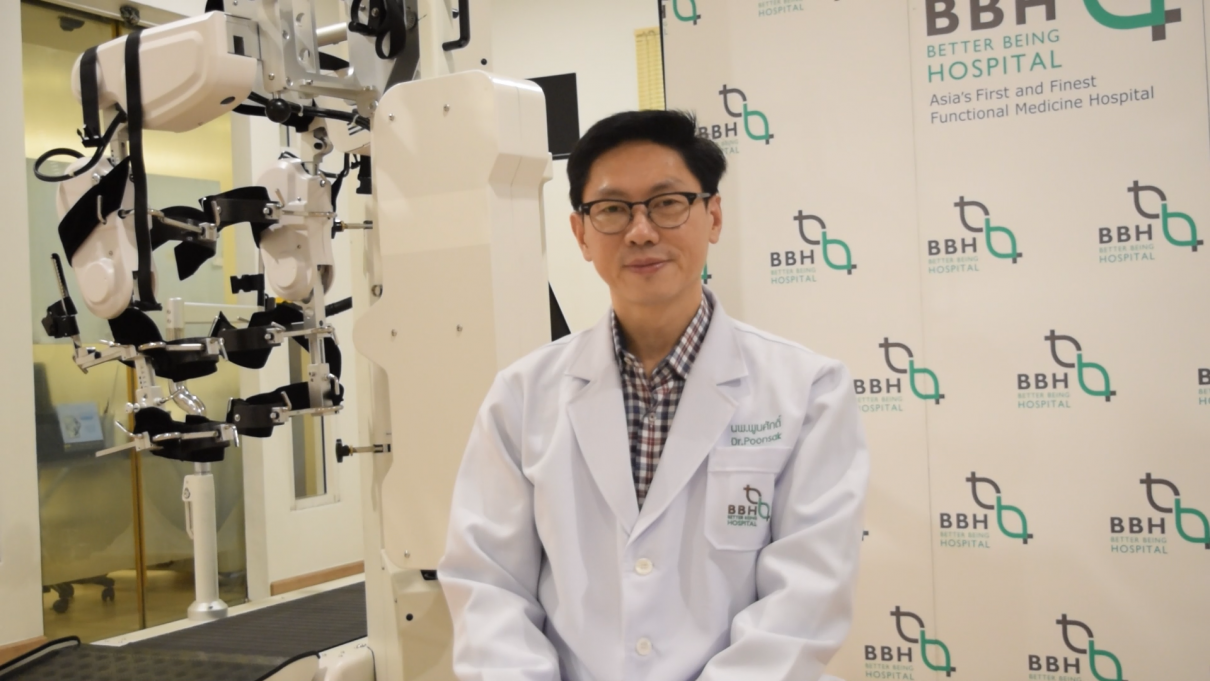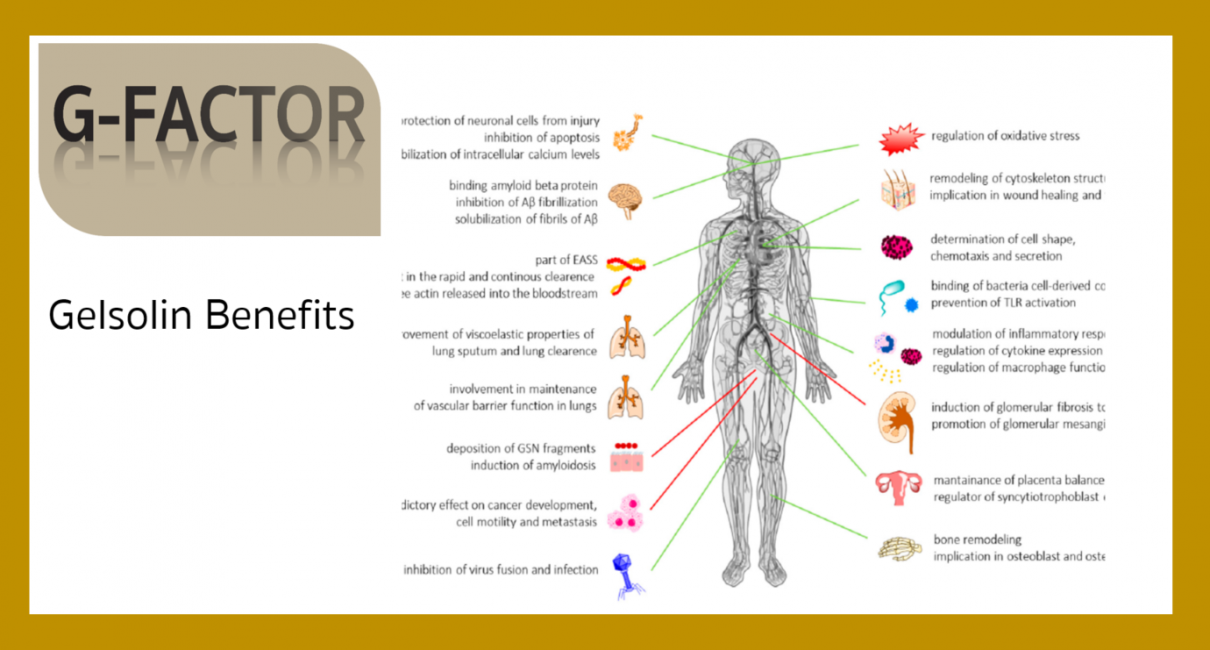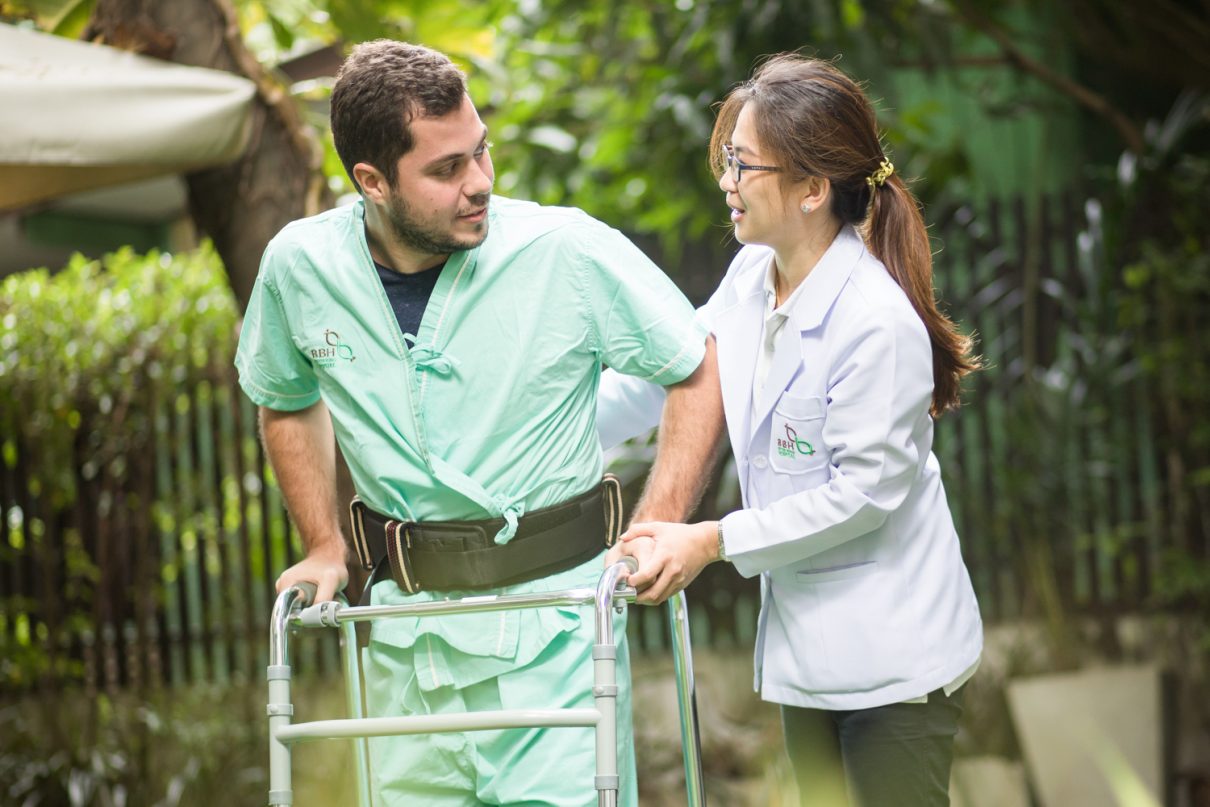ความแตกต่างระหว่างโรคกระดูกพรุนกับโรคกระดูกเสื่อม
- Published in News
การดูแลและรักษาอาการปวดเข่าจากโรคข้อเข่าเสื่อม
- Published in News
ARTHRITIS2
ARTHRITIS
What is Arthritis?
Arthritis is a very common problem of inflammation of the joints. It affects both children and adults but is more common as people get older. There are many causes of arthritis such as injury, abnormal metabolism, genetic makeup, infections, and immune system dysfunction. There are about 100 different types with many related conditions. Osteoarthritis being the most common type. Arthritis occurs when the cartilage (cushioning connective tissue) in our joints become thin and wear away, bone rubs against bone which then causes the symptoms.
Signs and Symptoms
Symptoms include swelling, pain, stiffness and decreased range of motion. Symptoms may come and go and can be mild, moderate or severe. The symptoms could stay the same for years, but may progress or get worse over time. Severe arthritis can result in chronic pain, inability to do daily activities and make it difficult to move around. It may greatly affect one’s quality of life. Conventional treatment and management involves medications, physical therapies, patient education and support, surgeries, and many alternative treatments with an assortment of claims.
Role of Functional Medicine in Arthritis
A functional approach recognizes that the immune system is in charge of both inflammation and anti-inflammation processes. Functional medicine exposes the root cause of the confused immune system and when we treat this, the body can realign the natural immune response. The body has the ability to heal itself and it all starts with an initial examination, comprehensive neurologic and metabolic exam with necessary tests.
Functional medicine treatment plan promotes healing and improvement of cell functions through personalized nutrition plan, certain physiotherapy activities applicable to the patient’s specific condition and promising new treatments such as G-Factor and NAD.
Make an appointment
Please click here to make an appointment with our doctor.
- Published in Orthopedic Rehabilitation Center, Services
G-FACTOR
G-Factor is a new method of treatment available at BBH, Better Being Hospital. This procedure uses the patient’s own blood, deriving high levels of Stem Cell growth factors, Gesolin and other vital components from the blood which can be very helpful to improve orthopedic and skin conditions.
G-Factor is done initially through a simple blood withdrawal. The blood sample will be placed in special tubes with laced with gold particles. The gold particles act on the red blood cells to activate the release of the essential components. These components cannot be derived through ordinary tubes. The blood sample will then go through a special process before it is ready to be given to the patient through injection.
What are the Benefits of G-Factor?
- Safe
- Highly effective
- Efficacy lasts for years
- Anti-inflammatory properties
- Removes dead cells and slows breakdown of cells
- Plays a key role in regeneration of cells
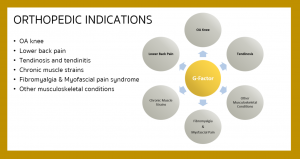
Orthopedic Indications:
- OA knee
- Lower back pain
- Tendinosis and tendinitis
- Other musculoskeletal conditions
Skin Indications:
- Diabetic wound ulcer
- Pressure ulcers
- skin rejuvenation
- Published in Uncategorized @th
Robotic Center
ROBOTIC CENTER
The newest addition to Better Being Hospital’s features was born out of the initiative to bring in the best possible innovation to our range of rehabilitation therapies. The Robotic Rehabilitation center was recently launched in October 2019 with the goal of benefitting our patients with more options to assist them in their recovery.
What is Robotics Rehabilitation/Training?
A patient’s capacity and need for Robotics training is evaluated by the doctor and the physical therapy team. The patient is then fitted and strapped into a robotics device to which the machine does all the work. The robots are mainly used as gait trainers for lower limbs, and as arm and hand trainers for reaching and grasping movement. It assists with different therapeutic training for functions of the arms, hands, legs, ankles and assesses the improvement of the patient’s ability to move. In other words, it is meant to train lost body functions that have been altered due to the disease or injury.
Robotics training augments rehabilitation of persons with the following conditions:
- Neurodegenerative disorders such as Parkinson’s Disease
- Motor neuron disease
- Post stroke
- Spinal cord injuries
- Traumatic brain injury
- Multiple Sclerosis
Expected benefits from Robotics rehabilitation
- Improvements in active movement
- Improvement of functional limb use
- Regaining temporarily-lost functions and abilities
- Improve overall sense of well-being
- Published in Uncategorized @th
EPIDURAL STIMULATION For Spinal Cord Injury
EPIDURAL STIMULATION
One of the treatment options at Better Being Hospital is the Epidural Stimulation. Epidural Stimulation or ES is most beneficial to persons with Spinal Cord Injuries with paralysis and holds great potential in regaining some abilities that have been affected by the injury.
How is Epidural Stimulation done?
The procedure is done by surgically implanting a device right over the spinal cord’s protective coating and is connected to the nerve systems. A small remote controls the frequency and intensity of the electrical current. This electrode sends electrical currents to stimulate muscle contractions on targeted muscle groups. Due to the damage in spinal cord injuries, the brain is unable to transmit signals to and from the muscles. This stimulation helps to reactivate and use whatever remaining intact neural networks within the spinal cord to direct the movements. ES is best combined with intensive physiotherapy training and other therapies related to the patient’s condition and symptoms.
There may be some concerns of complications on the implantation of the device specially in long-term use. But the risks are significantly less than having to undergo repeated back surgery and may be more cost-effective than many chronic therapies for pain.
The expected benefits of ES are the following:
• Overall sense of improved quality of life
• Improvement in regulation of temperature
• Enhancement in sexual function
• Increase in bladder control
• Improvement in certain leg movements
- Published in Uncategorized @th
ATAXIA
What is Ataxia?
Ataxia is a degenerative disease of the nervous system particularly in the cerebellum, the part of the brain that controls the coordination of movement. Damage to the cerebellum and degeneration or loss of nerves cells brings about this condition.
What causes Ataxia?
Common causes of Ataxia are the following:
- Hereditary – a defect in a certain gene that makes abnormal proteins. The abnormal proteins hamper the function of nerve cells, primarily in your cerebellum and spinal cord, and cause them to degenerate.
- Head trauma
- Stroke – severe reduction or interruption of blood flow to the brain, depriving the brain tissue of oxygen and nutrients
- Cerebral palsy
- Autoimmune diseases – examples are Multiple Sclerosis, Sarcoidosis, celiac disease and others
- Tumor – A growth on the brain, cancerous (malignant) or noncancerous (benign), can damage the cerebellum
- Alcohol and drug intoxication, heavy metal poisoning
Signs and Symptoms of Ataxia
Ataxia symptoms vary by person as well as rate of progression. Symptoms may worsen slowly, over decades or quickly, over a few months.
- Poor coordination
- Slurred speech
- Difficulty eating and swallowing
- Deterioration of fine motor skills such as feeding self or buttoning a shirt
- Unsteady gait, difficulty walking
- Abnormalities in eye movements
- Tremors
Role of Functional Medicine in Ataxia
Functional Medicine aims to support the patient in improving their quality of life through an individualized approach. And since Ataxia results from many possible causes, a thorough investigation of underlying triggers and other related conditions is done to come up with the best possible treatment plan addressing the specific needs of the patients. Apart from nutrition modification and supplementation, Ataxia responds well to intensive physical therapy, Hyperbaric Oxygen Therapy, Fecal Microbiota Transplantation for gastric problems, and DFPP.
Please click here to send us inquiry for free online consultation with our medical team.
- Published in Neurological Rehabilitation Center, Services

 ไทย
ไทย  繁體中文
繁體中文  العربية
العربية  Português
Português  Español
Español 
